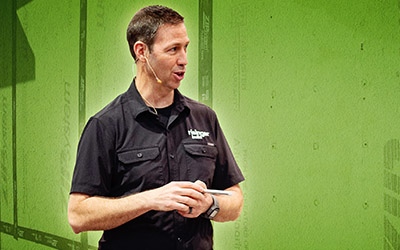Digital Platforms
Work
Building a website that speaks to multiple audiences is a tall challenge, but sometimes, it’s the best approach. For example, a home and building product manufacturer may primarily target architects and builders yet could create additional demand for their products by speaking directly to homeowners.
So, how do you know when to target multiple audiences with one website? What are best practices and common mistakes to avoid? Here’s a closer look.
When does it make sense to target multiple audiences with a single website?
Do you target multiple key audiences with your marketing? Can your website serve as a valuable digital tool for each of those audiences? Are multiple audiences involved in your products’ purchase journey?
If you answered yes to any of these questions, you may need a website that can serve as a single source of truth and a central information resource for all audiences.
Consider Huber Engineered Woods (HEW) as one example. Known for its AdvanTech® and ZIP System® sub-brands, the global company manufactures high-performance products for roof, wall and flooring applications. When its former website became dated, the company needed one that made it easy for users to find the information most relevant to them and contact a sales representative.
To be successful, the updated HEW site had to effectively communicate with three distinct audiences:
- Builders, who are normally looking for product information and how-tos. The site needed to introduce the products and offer a robust technical library while clearly establishing HEW as a trusted resource. We positioned the products as solutions to better align with the way builders think.
- Architects and specifiers, whose distinct needs include specification resources for products. Our goal? Make it easy for them to recommend and specify HEW products. To accomplish this, we made a specification resource page for each of the company’s sub-brands.
- Homeowners, who don’t normally make building product decisions yet could demand that their builders use certain products if they have enough information to start the conversation. We wanted to provide content that introduced them to the product brands, arming them to have conversations with their builders and become brand ambassadors.
In addition to reaching all of its audiences, the HEW site had to establish the umbrella brand, then break it down into product brands. We carefully considered the site architecture and decided to approach it by product brand, addressing the roof, walls and floor separately. In turn, we categorized a lot of content throughout the site using this system.
Not sure whether your website should tackle more than one audience? Have a kickoff meeting with your agency to discuss your business objectives, project goals and key stakeholders. This conversation should determine how the new website ladders up to your goals.
Remember, your website can’t be everything to everyone. Instead, focus on audiences that offer the biggest opportunity and how (and if) your website could provide value to them.





